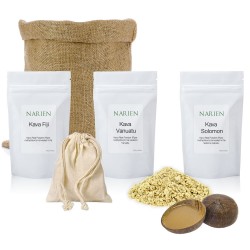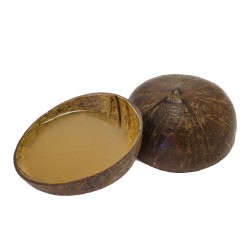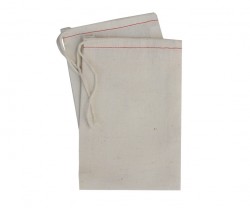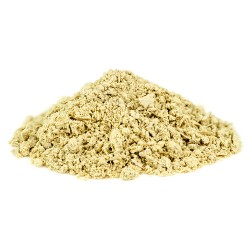- Brewing & Distilling
- Caffeine Free
- Culinary
- Fair Trade
- Medicinal
- Organic
- Sprouting Seeds
- Tisane
- Viable Seeds
- Wildcrafted
Free Shipping $49+
December Discount 10%
Kava
Kava or "kava kava" root powder is used to produce a drink that is primarily consumed throughout the Pacific Ocean cultures of Polynesia, Melanesia and Micronesia. Kava is particularly popular in Hawaii, Vanuatu, Fiji, Samoa, Tonga and Solomon Islands. Kava's ancient origins is known to trace back at least 3,000 years and is associated with both social and ceremonial function.
New to kava? Try our Kava Sampler, Kava Kit or Kava Set. We now have kava from Fiji, Vanuatu, and Solomon Island!
Kava - The Drink of the Gods
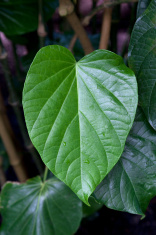
Kava is also known as
- ʻawa (Hawaiʻi),
- ava (Samoa),
- grog or yaqona (Fiji)
- sakau (Pohnpei)
- malok or malogu (parts of Vanuatu)
Kava Varieties
Vanuatu Kava Noble: Melomelo, Asiyai, Biyaj, Palimet, Miela, Olitao, Kelai, Ge wiswisket, Ge gusug, Borogoru, Silese, Melmel, Borogu, Sese, Urukara, Bir Sul, Bir Kar, Palarasul, Palasa, Poivota, Pia, Ahouia, Leay, Amon, Puariki, Pualiu, Naga miwok, Ge vemea
Fiji: Matakaro, Damu Gona vula,Dokobana vula, Qila balavu, Dokobana loa, Vula kasa balavu, Loa kasa leka, Kabra, Loa, Vula kasa lekaSamoa: Ava Lea, Ava La’au, Ava Loa, Ava Tonga,
Tonga: Lekakula, Lekakula ‘akau, , Lekahina ‘akau, kava Tea, kava Kula, kava FulufuluSolomon Islands: Melomelo
Origin of Kava
James Cook first introduced Kava to the Western culture returning from his voyage of 1771. Yet, the exact time of when it was first cultivated and brewed is somewhat unknown, and to this day, the natives continue to cite its mythological roots. One of the most prominent tales is the Samoan tale of Pava, son of Tagaloa, the sun god. As the story goes, when Pava was young, he was lost in the ocean by his mother Ui. A hermit crab and two birds, a clover and shrike, tended to Pava raising him over several years. The three creatures taught Pava the powers of Kava and how it should be brewed. When Pava was old enough he returned to live among the people, teaching them the benefits of Kava and instructing on how it is to be brewed.
Harvesting Kava
Fresh kava root contains on average 80% water. Dried root contains approximately 43% starch, 20% dietary fiber, 15% kavalactones, 12% water, 3.2% sugars, 3.6% protein, and 3.2% minerals.
The mature roots of the kava plant are harvested after a minimum of four years (at least five years ideally) for peak kavalactone content. Most kava plants produce around 50 kg (110 lb) of root when they are harvested. Kava root is classified into two categories: crown root (or chips) and lateral root. Crown roots are the large-diameter pieces that look like (1.5 to 5 inches (38 to 127 mm) diameter) wooden poker chips. Most kava plants consist of approximately 80% crown root upon harvesting. Lateral roots are smaller-diameter roots that look more like a typical root. A mature kava plant is about 20% lateral roots. Kava lateral roots have the highest content of kavalactones in the kava plant. "Waka" grade kava is made of lateral roots only.
How to make Kava
Traditionally, Kava is gathered by the children of a tribe and chewed. However, over the years, methods of pounding and grinding the root were adapted. The prepared Kava root is mixed with water and consumed as quickly as possible. Fortunately, it is not necessary to chew Kava, especially when you are preparing it for friends or family. Generally, Kava is ground into a powder or combined with water before selling in the Western cultures. Thus, eliminating the length of time needed for preparation.
Kava Bars
It hasn’t taken long for Kava to catch on across Europe and the United States. Small Kava shops have started popping up all over Europe, and in large cities of the U.S.
